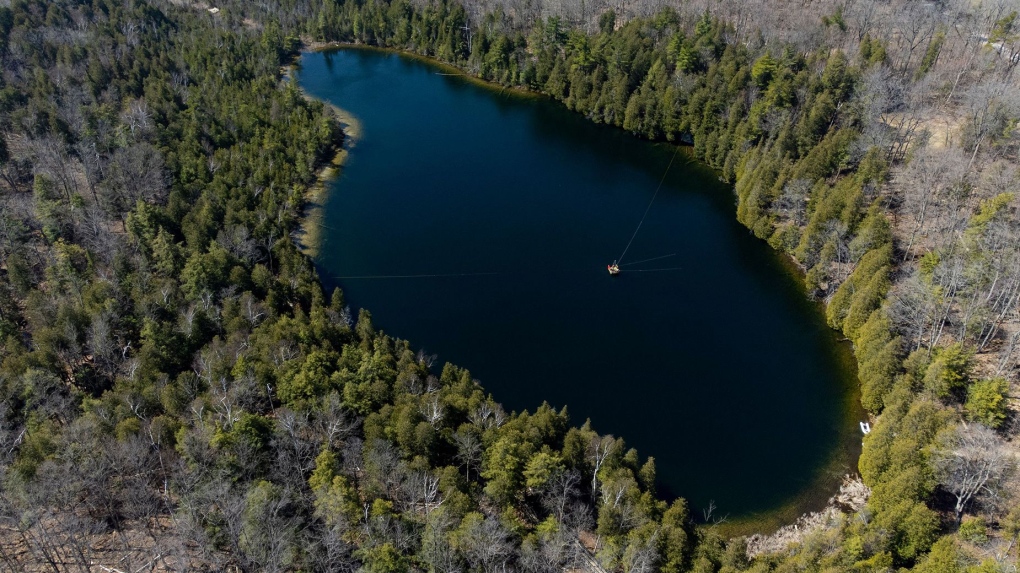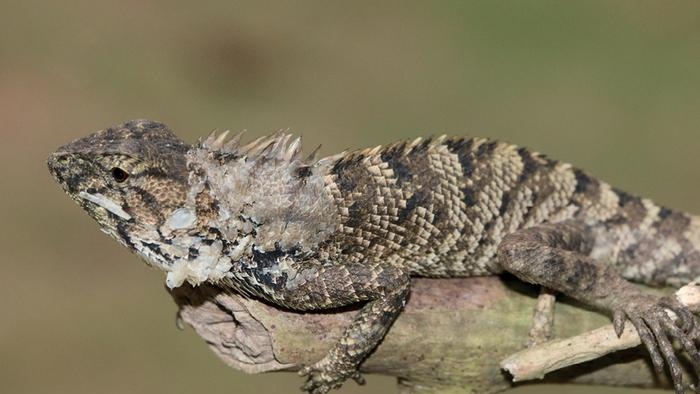For humans, flashing a smile is an easy way to avoid misunderstanding. And, according to a new study, bottlenose dolphins may use a similar tactic while playing with each other.
The study, which was published Wednesday in the journal iScience, found that dolphins make an open-mouthed expression, comparable to a “smile,” during their play.
To conduct the research, a group of scientists from institutions in Italy and France observed 11 dolphins at the Zoomarine Rome and another 11 at Planète Sauvage in western France playing with each other, their human trainers, and on their own.
The researchers found that the marine mammals “smiled” almost always when they were in their playmate’s field of view, and their playmate “smiled” back one third of the time. This suggests it is a form of communication, they said, hypothesizing that by “smiling” at each other, the dolphins could stop their games from descending into a real fight due to miscommunication.
But although their expression resembles a smile to humans, dolphin-communication expert Heather Hill, a professor of psychology at St. Mary’s University in San Antonio, Texas, who wasn’t involved in the study, cautions against extrapolating too much.
“I do think that the dolphins engage in an open mouth response during play situations, and it … does seem reasonable that it is a form of communication. I’m not comfortable calling it a smile, because they also use the open mouth displays in a lot of other contexts,” she told CNN, pointing to its use in aggressive, solitary and playful acts.
“Should we really just interpret it as an exchange of open mouths that are occurring between two individuals to communicate ‘hey, we’re on the same page,’” she added. “… Does that necessarily mean that because it’s play, it’s pleasurable and therefore you and I are smiling at one another like a human or a chimpanzee might … I’m not sure I’m ready to take that next step.”
Much loved – and anthropomorphized – by humans, dolphins are known for their playfulness, rich social lives, and complex communication with one another. They have many different ways of playing together, like leaping, breaching or flipping above the water, striking the water surface with their tail flukes, play-fighting or surfing through the waves.
But despite dolphins’ playful reputation, their facial expressions during play had never been investigated before, though studies have established that other mammals, like humans and monkeys, communicate with open-mouthed, smile-like expressions when playing. Scientists widely believe this behavior derives from a modified biting action without the actual contact, the study said.
The researchers in the latest study found that 92% of the instances when dolphins used the open-mouth expression occurred when they were playing with each other, rather than with humans or by themselves.
When dolphins were engaged in an aggressive interaction or a more relaxing activity like parallel swimming or upside-down swimming, scientists didn’t observe the “smiling” expression.
Researchers also noted the importance of dolphins’ vocal communication during their play, and said this could be a focus for future studies since they didn’t record these signals.
“Dolphins have developed one of the most intricate vocal systems in the animal world, but sound can also expose them to predators or eavesdroppers,” corresponding author Livio Favaro, a zoologist at the University of Turin, said in a statement.
“When dolphins play together, a mix of whistling and visual cues helps them cooperate and achieve goals, a strategy particularly useful during social play when they’re less on guard for predators,” he added.
All the dolphins observed for this study are living in captivity. Hill noted that the “smiling” behavior probably occurs in the wild too, but perhaps less frequently, as they are spending more time looking for food and avoiding predators.
“The next step would be to do the same methodology … work with those wild species and look and see what they’re doing in the same kinds of context,” she said.




